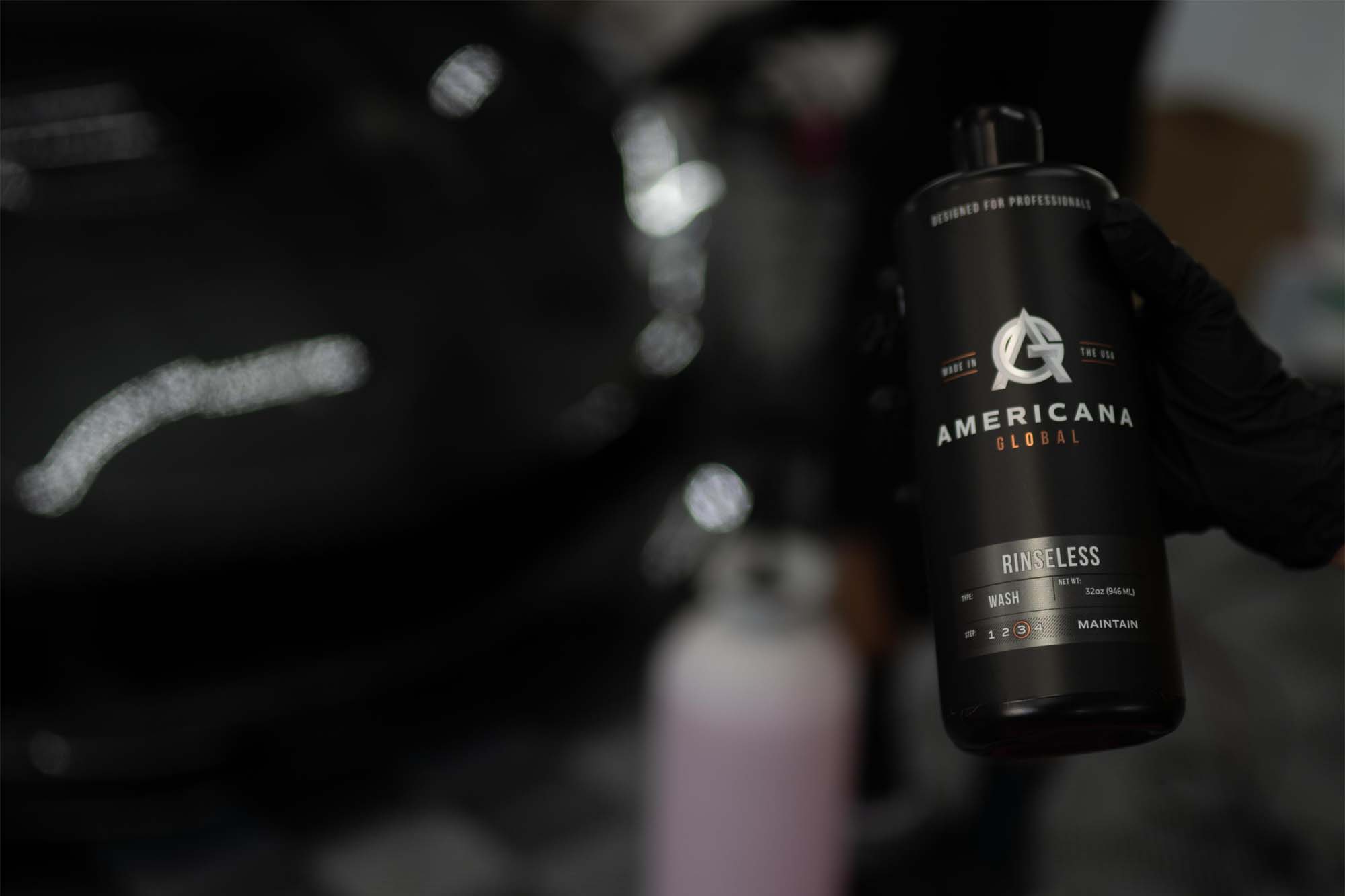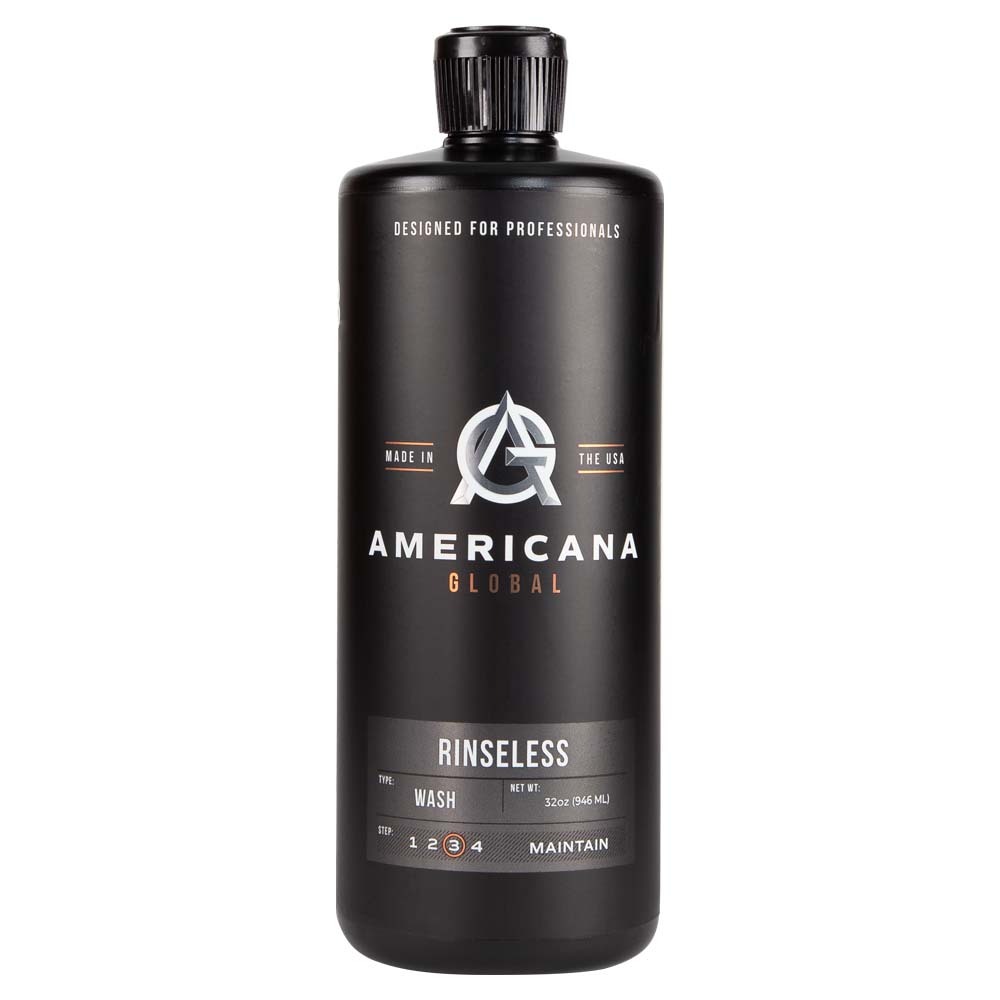There is an old saying in auto mechanics, plumbing, and the construction service industry – always use the right tool for the right job. For the professional detailer or weekend warrior enthusiast, using suitable car soap to keep their ceramic coated car, truck, boat, or RV protected is an excellent example of using the right tool for the right job.
But with more than 100 different brands and types of car soaps on the market today – how can you determine the best car shampoo for a ceramic coated vehicle?
The truth might surprise you.
So, let’s explore the truth about soaps that should clean and enhance your ceramic coating. This blog will provide some factual answers to some FAQs about car soap in the information below. We’ll identify a few of the critical qualities of a legitimate ceramic coating shampoo, how to best use them, and the process used by professional detailers and auto spas to ensure your ceramic coated ride gets pampered.
Let’s dive right in.
The Facts About Car Shampoos and the Best Car Wash Soap
There are generally three types of car soaps on the market today:
Decontamination Car Soap: These are usually acidic or alkaline-based soaps that fall outside the pH neutral range. The products break down grime, old wax, bug guts, bird droppings, tree sap, and other hard-to-remove debris. A great example of this type of soap would be your regular dishwashing detergent – which has a pH of 10 plus.
Maintenance Soaps: The most popular car shampoo on the market works great for general maintenance washes. Some include wax or petroleum distillates – which are mainly added for extra lubrication to help reduce scratching and swirl marks. There are also soaps with added foaming agents, which improve lubricity and provide an added visual appeal.
Rinseless Car Wash: A rinseless wash utilizes an encapsulating technology that allows detailers and car owners to wash their vehicles without rinsing them off. They are highly concentrated liquids that detailers use for clay bar lubricants, window cleaner, or a quick detail spray.
Among the three entrants above, the one that you can immediately disqualify as a contender for your ceramic-coated car is the decontamination soap. These are too aggressive to do a great job maintaining your ceramic coating. Plus, the high or low pH level can slowly strip the top layers of many spray-on or DIY ceramic coatings.
That leaves us with maintenance soaps and rinseless car wash formulas as potential options. The problem is – within these two categories is a slew of specialty formulations – some good and others: not so much.
WHAT DOES PH NEUTRAL MEAN – AND WHY IS IT IMPORTANT FOR CERAMIC COATINGS?
If you remember, back in middle school science, all liquids and foods have a pH level or score. The scale itself starts at ZERO and rises to 14. A pH scale measures the number of hydrogen ions in a substance. It begins with a pH from ZERO to 7 was acidic – while those from 7 to 14 were alkaline or a base.
For pH levels in cleaning agents – it’s slightly more complex.
Mineral Acid Cleaners: These products remove heavy oxidation and pH from ZERO to 2. Wheel acid – commonly used to remove severe contamination or water spots has a pH of 2 – and requires gloves and PPE.
Mild Acids: You’ll find professional-grade decontamination products that remove inorganic salts and water-soluble metal complexes that have a pH from 2 to 5.5.
Neutral: This is the part that surprises most detailers and DIYers. pH neutral chemical cleaning agents fall between 5.5 to 8.5. These detergents remove light oils, small particles, or toxins – such as bird droppings, tree sap, road salt, grime, and pollens. These items will cling to a ceramic coating and can cause the coat to become less hydrophobic.
Mild Alkaline: Here is where your average dish soap and other detergents will be classified. Their pH ranges from 8.5 to 11. They remove heavy oils, films, and particulates (such as industrial fallout or smog).
Alkaline: Heavy duty or commercial car wash locations often use alkaline-based soaps in their automatic or pressure washing systems. They range from pH 11.5 to 12.5. These chemicals dissolve heavy oils, grease, fats, and proteins – which is why they are great at removing bug guts stuck to your vehicle surface.
Highly Alkaline: The upper tier of the pH scale focuses on removing heavy grease and soils. The pH starts at 12.5 and ends at 14.
WHY PH NEUTRAL IS CRUCIAL FOR CERAMIC COATING MAINTENANCE SOAP
You won’t find too many acidic car shampoos in the market. Most of the degreasing or decontamination soaps are on the alkaline or base side of the scale (pH 10, 11, or 12 with some industrial car wash formulations).
So – why is pH neutral important for a coating? First off, these soaps remove the contaminants that can stick to a ceramic coating. Small particles like pollen are extremely sticky – and will bond to the coating’s extremely flat surface. When the particles stick, the surface is ‘bumpy’ – or non-hydrophobic.
Second, the ceramic maintenance soaps themselves will contain surfactants that lift and remove this debris, reducing the potential of scratching or causing swirl marks. However, pH neutrality ensures that the soap will not damage the coating.
WHAT SHOULD A CERAMIC COATING SHAMPOO CONTAIN?
The pH level of a car shampoo is simply the first element that you should verify. We’ve established that ceramic coating maintenance soaps should be pH neutral (not necessarily a pH of 7.0 – in fact, that’s extremely difficult to achieve).
If you’re looking for an excellent car soap for ceramic coated cars, it’s best to use one that is on the bottom or top end of that pH-neutral zone. For example, Americana Global’s Ceramic Aftercare Soap has a pH of 7.9, making it slightly alkaline-based. The higher pH helps the soap break down contaminants on the vehicle’s paint, glass, bumpers, and chrome.
It would help to verify other attributes with a ceramic shampoo before investing.
AGGRESSIVE SURFACTANTS
You might have heard the term ‘surfactant’ regarding cleaning agents. But what exactly is a surfactant? Simply put, it is a blend of three words – surface-active-agents. The compound lowers the surface tension between a liquid and a solid, gas and a liquid, or two liquids.
A surfactant in ceramic aftercare soap would include a detergent, emulsifier, foaming agent, dispersants, and wetting agents. The best shampoos for ceramic coatings include aggressive surfactants. It helps to reduce the surface tension between the debris on the vehicle and the soap.
It also reduces the potential of scratching the coated surface, removes more debris, and leaves the coating crisp and clean. By using a ceramic coating soap with aggressive surfactants, you’ll remove the contaminants that can stick to the layer, which helps restore the hydrophobic properties.
NO ADDED WAX
Many automotive soaps use natural carnauba or synthetic wax. Its primary purpose is to add lubrication for the soap, which can help to reduce those pesky swirl marks and minor scratches. However, if there is a negative of added wax with soap, it’s the fact that it also leaves a little film of resin on the car’s paint.
If you have a vehicle with a paint sealant or spray wax – this could be beneficial – as it can help improve some extra protection against UV rays and other environmental factors. However, if you have a nano ceramic coating, it’s accomplishing the same task – with a significant negative impact.
Nanoceramic coatings are known for their hydrophobic properties. The top layer becomes level and flat as the coating bonds and cures. This produces less resistance on the coated surface, allowing water and debris to sheet off – without sticking.
However, when you use a wax-infused car soap, you’re leaving a layer of sticky wax on the coating. The result – water, dirt, pollen, and other debris will stick to that fine layer of wax – and virtually eliminates the hydrophobic properties of a ceramic coating.
That’s the leading cause of “coating failures.” It is not that the coating has vanished; it’s the reality that debris bonds to the surface – which is ‘clogging’ the coating.
So – here is the bottom line – if you’re looking for the best car shampoo for a ceramic coated vehicle, make sure it contains NO wax.
ADDED SIO2
Consider this ingredient as a bonus. SiO2 is silica dioxide – or the ingredient in a ceramic coating that provides the flatness of a cured coating. Many high-quality ceramic aftercare shampoos contain a small number of SiO2 (less than 3%) – which serves to give a microscopic layer of protection.
Essentially, it’s a positive benefit that wax-infused soaps don’t produce – explicitly made for a ceramic coating. So – when you’re shopping online for the best ceramic coating soap, purchase one that has added SiO2.
THE FINAL VERDICT – WHAT SOAP IS BEST FOR CERAMIC COATED CARS?
Hopefully, you’ve learned some facts about what an excellent ceramic coating maintenance shampoo should possess. Americana Global has arguably the best aftercare shampoo designed for vehicles with a professional-grade nano-ceramic coating.
It’s the reason why Ceramic Pro Americas recommends our Ceramic Aftercare Soap to customers who protect their vehicles with Ceramic Pro 9H or Ceramic Pro Sport coatings. Americana Global offers the only ceramic aftercare shampoo sold directly on the corporate website.
This is a pH-neutral shampoo with aggressive surfactants that help break down the grime and natural elements that can clog up a coating. The soap is highly-concentrated – with a mix ratio of 1:256. This means, for a two-bucket car wash, you use two ounces of soap per car wash. Additionally, the SiO2 infusion helps to provide extra protection – which can extend the lifespan of your coating by protecting it from exposure.
If you’d like to try Americana Global Ceramic Aftercare Soap, click the button below to save 15% on Americana Global Products.








Leave A Comment